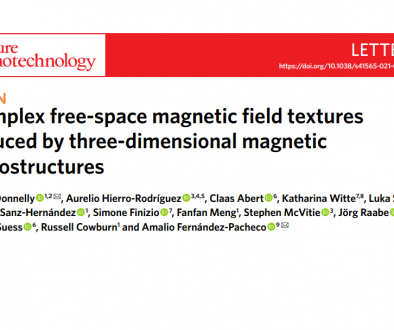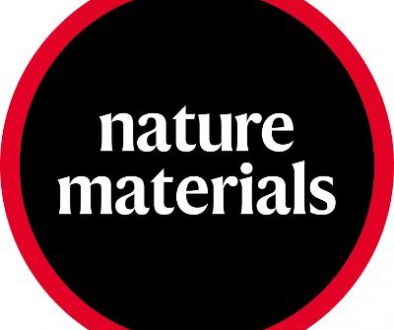Development of New 14 Cr ODS Steels by Using New Oxides Formers and B as an Inhibitor of the Grain Growth
Publication Details
Journal: Metals 2020, 10, 1344
Authors:Alberto Meza, Eric Macía, Andrea García-Junceda, Luis Antonio Díaz, Paul Chekhonin, Eberhard Altstadt, Marta Serrano, María Eugenia Rabanal, Mónica Campos
Impact Factor: 2,117
Abstract
In this research, four ODS steels were produced through the addition of a nano complex oxide (Y-Ti-Zr-O) and B.
The ODS steels were successfully processed by using MA to mill the powders and by using SPS as a consolidation technique. It is demonstrated that:
- The use of a unique precursor of oxide formers (Y-Ti-Zr-O) resulted in a better control of nano precipitates composition when preparing a F-ODS steel, thereby improving the precipitation of specific oxides containing Zr that led to a strengthened microstructure.
- A good precipitation morphologies (in the order of 1022 ox/m3) of the nano oxides was achieved, which may guarantee a fine pinning effect of the oxides over the dislocations and grain boundaries.
- The selected parameters in the SPS technique fully densified the milled powders while avoiding an excessive grain growth during the consolidation stage and maintaining a high density of dislocation. All of this occurred without the necessity of post heat or thermo-mechanical treatments.
- The tailored microstructure affected the final mechanical behavior of the material. The best values of microhardness and UTS were achieved for the 14Al-X-ODS and 14Al-X-ODS-B compositions (with increments of 50 HV0.2 and 200 MPa, respectively, in comparison with the reference composition), which were the ones that included the Y-Ti-Zr-O compound in their composition.
- Small punch tests demonstrated the outstanding performance of 14Al-X-ODS and 14Al-X-ODS-B, achieving similar or better results than the GETMAT material when the tests were performed at high temperatures.
- The mechanical behavior of the materials evaluated at room and high temperatures (500 °C) showed very promising and optimum values, comparable to the ones obtained in ODS steels developed with a more complex route.

EDX Mappings of 14Al-X-ODS: (a) analyzed area, (b) Fe mapping, (c) Cr mapping,
(d) Wmapping, (e) Al mapping, (f) O mapping, (g) Y mapping, (h) Ti mapping, (i) Zr mapping.




